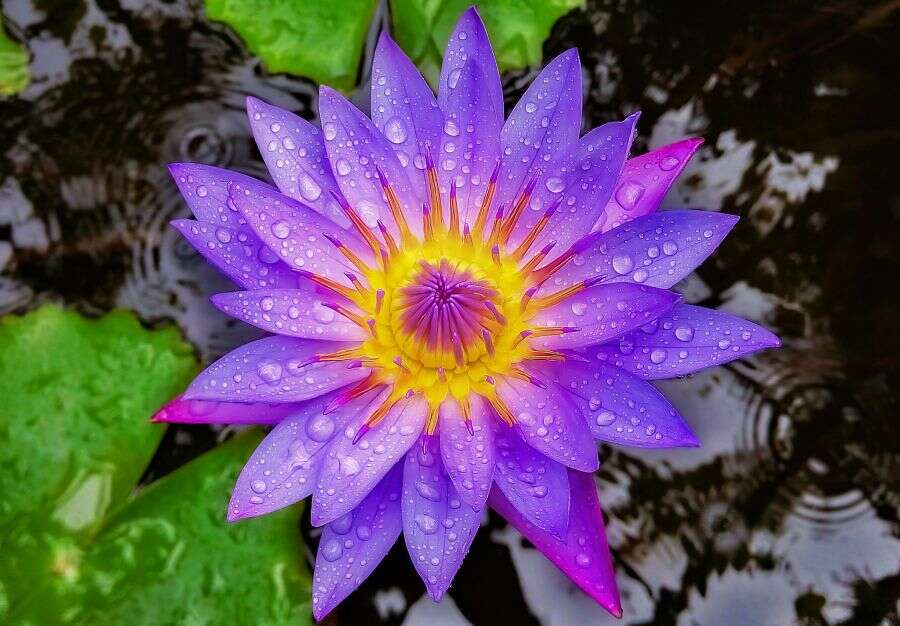
The Blue Lotus (Nymphaea Caerulea) is an aquatic plant. It boasts a very beautiful and aromatic flower full of interesting alkaloids. It originates from North Africa from the river banks of the Nile region. Thus it is also known as the Egyptian Lotus, Blue Water Lily, or Blue Water Lily.
Although it was originally discovered in the area that we know today as Egypt, this flower began to spread rapidly to other parts of Africa, the Middle East, and later Asia, after its fantastic properties were discovered. Today, you find it growing in different regions all around the world.
Blue Lotus in Historical Folklore
Blue Lotus had a big importance in the Egyptian culture being considered as a sacred flower. It opens with light and closes with darkness, which was seen in relation to their Sun god, Ra.

It is characteristic of this plant to grow in stagnant waters and in inconspicuous areas. The beautiful colors of the flowers and intense fragrance caress the landscape around which inspired the locals to mention it often in historical writings. For example, Nefertem was the god of the Blue Lotus. He carried Lotus flowers to Ra, to soothe the pains caused by age in his body. There are many representations in Egyptian culture that show different situations where the Blue Lotus was used in religious or healing ceremonies.
However, the most important property of this plant is not its scent or the vivid color. Blue Lotus has gone down in history due to its medicinal and mildly psychoactive properties.
What are Blue Lotus effects?
Some of the common effects are:
- Mildly sedative
- Relaxing and calming
- Analgesic mildly (pain management)
- Mood lifting and Euphoric
- Enhancing sensations
- Enhancement of dream and lucid dreams
There are also reports the plant provides a pleasant synergy with many other substances. However, mixing different plants should not be done before consulting a physician.




